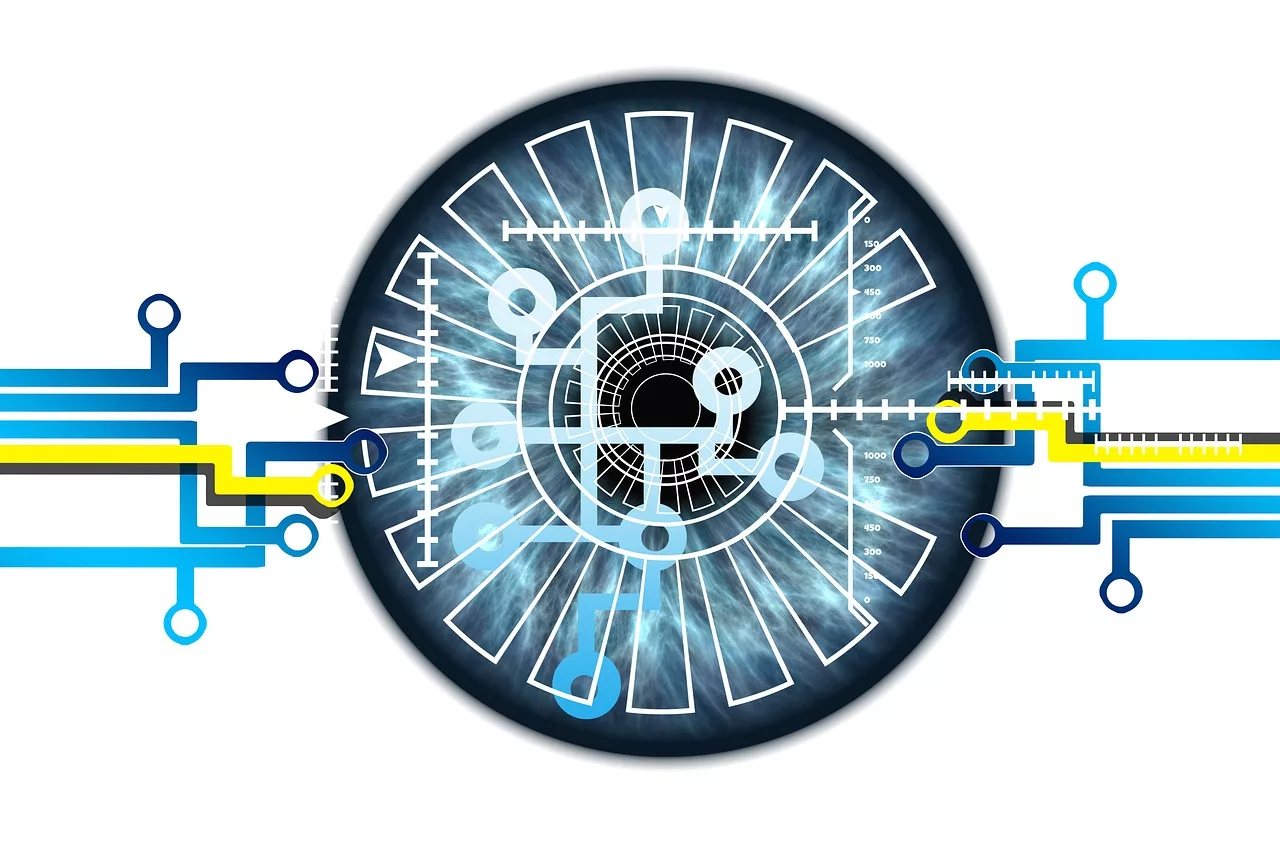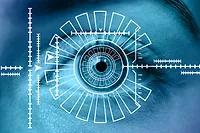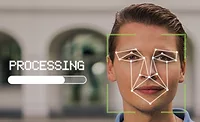FBI Using More Facial Recognition Technology to Fight Crime

The FBI's face recognition office can now search databases with more than 641 million photos, including 21 state databases, says the Government Accountability Office (GAO) in a recent report.
For decades, fingerprint analysis was the most widely used biometric technology for positively identifying arrestees and linking them with any previous criminal record, says GAO. Beginning in 2010, the FBI started to replace the Integrated Automated Fingerprint Identification System (IAFIS) with Next Generation Identification (NGI), which not only includes fingerprint data from IAFIS and biographic data, but also provides new functionality and improves existing capabilities by incorporating advancements in biometrics, like face recognition technology.
As part of an initiative, the FBI began to the FBI updated the Interstate Photo System (IPS) to provide a face recognition service that allows law enforcement agencies to search a database of criminal photos that accompanied fingerprint submissions using a photo of an unknown person—called a probe photo. The NGI-IPS become fully operational in 2015.
NGI-IPS users include the FBI, selected state and local law enforcement agencies that can submit search requests to help identify an unknown person using photos from surveillance cameras and more. . When a state or local agency submits such a photo, says GAO, the NGI-IPS uses an automated process to return a list of candidate photos from the database, ranging from two to 50 possible candidate photos from the database.
Additionally, GAO reports that in 2018, the FBI's NGI-IPS returned about 50,000 face recognition search results to law enforcement agency users, a decrease from about 90,000 search results in fiscal year 2017.
Looking for a reprint of this article?
From high-res PDFs to custom plaques, order your copy today!








